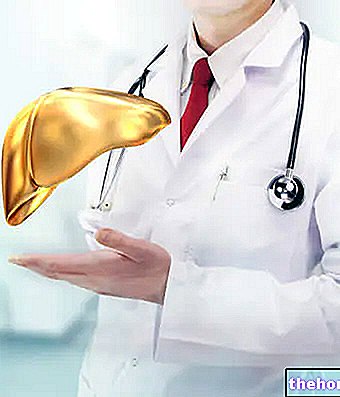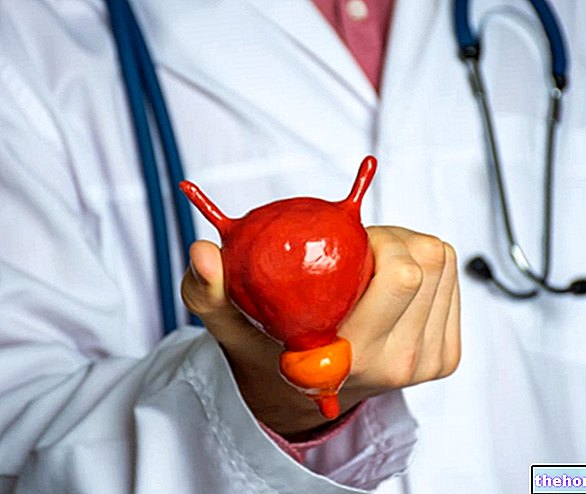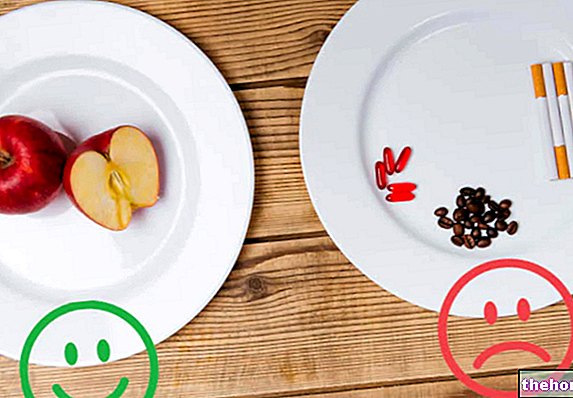Hypertension
Arterial hypertension is an extremely common disease in industrialized countries (it affects about 20% of the population), while its spread in developing areas seems extremely limited; therefore, a similar distribution of hypertension suggests that the etiopathological causes of greater impact are of an ENVIRONMENTAL nature (lifestyle, food, drinks, level of physical activity, body mass index, body fat distribution, etc.), possibly AGGRAVATED by family or genetic predispositions.

Hypertension could be defined as a "CONSTANT (and not occasional) alteration of the blood circulation in which blood pressure is extraordinarily HIGH (diastolic> 90 mmHg and / or systolic> 140mmHg) compared to normal physiological standards.
Regarding the ENVIRONMENTAL risk factors, we remind you once again that these are habits and behaviors that determine the onset and maintenance of hypertension, but more importantly, they are easily manageable and / or modifiable by the hypertensive.
The choice of food constitutes a fundamental element in the therapy of hypertension; it is a real "nutritional therapy" that plays a role comparable to the pharmacological treatment of hypertension. A good dietary guide against hypertension and other metabolic complications, in addition to the simple low-sodium diet, is the Dietary Approaches to Stop Hypertension (DASH); the foods contained in this dietary scheme represent many of the rules for a healthy and correct diet.
Low-sodium diet
The low-sodium diet, as the term itself implies, is a diet TOTALLY free of table salt (NaCl - sodium chloride); to correct the nutritional habits of hypertensive people (and make them more understandable) it is essential to distinguish the sodium intake naturally contained in foods from that added with food manipulation. However, through ONE simple recommendation it is possible to group all the fundamental indications of the low-sodium diet , that is to say: eliminate foods containing added salt.
This means: abolishing the addition of salt for seasoning (in pasta water, broth, dishes, side dishes, etc.); but also abolish sausage foods (sausage, salami, mortadella, etc.), salted meats (ham, speck, etc.), aged cheeses (pecorino, provole, etc.), salted foods (sardines, capers, etc.), in brine (olives, peppers, etc.), dried fruit (pistachios, peanuts, pumpkin seeds, etc.), junk-food (fried corn, snacks, etc.).
NB. Reducing dietary sodium to 100 mmol / day (= 6 g of sodium chloride) allows to reduce blood pressure by 2-8 mmHg, however, by combining it with a moderate weight reduction it is possible to obtain much more important results.
Useful foods
According to the DASH, replacing foods of poor nutritional quality with foods useful in case of hypertension involves the consumption of:
- Fresh fruits and vegetables, as a substitute for preserved (salted or pickled) and / or pre-cooked (containing sodium glutamate) products
- Foods containing unsaturated, or rather polyunsaturated, vegetable lipids, replacing foods characterized by animal saurian fats, vegetable hydrogenated (trans) and cholesterol
- Low sodium water as a substitute for alcoholic and sugary drinks
Omega 3
It is also advisable to supplement the DASH diet with other foods rich in omega 3 polyunsaturated fatty acids, very useful in case of hypertension:
- Seasoning oils rich ESPECIALLY in alpha linolenic acid (ALA, 18: 3, ω ‰ 3) such as: linseed oil, soybean oil, etc.
- Dishes based on oily fish, therefore rich in docosahexaenoic acid (DHA, 22: 6, ω ‰ 3) and eicosapentaenoic acid (EPA, 20: 5, ω ‰ 3) such as: anchovy, sardine, sardine , herring, garfish, mackerel, lanzardo, bonito, tuna, etc.
As the functions of omega 3 fatty acids include:
- Antihypertensive (DHA)
- Antiarrhythmic because it stabilizes the heart rhythm and lowers the risk of heart attack (EPA)
- Antithrombotic to contrast with platelet aggregation (EPA)
Alcoholic
Ethyl alcohol is a vasodilator and a strongly dehydrating molecule; these two characteristics have led many specialists to advise NOT to abolish foods, or rather alcoholic beverages, however it should be taken into consideration that alcoholic abuse is associated in a way metabolic syndrome (which often also includes hypertension). Moderate use is allowed (1 or 2 alcoholic units per day [1 or 2 glasses of 125ml red wine]) only if the pathological condition of the hypertensive patient DOES NOT suggest any tendency to abuse.









.jpg)


















